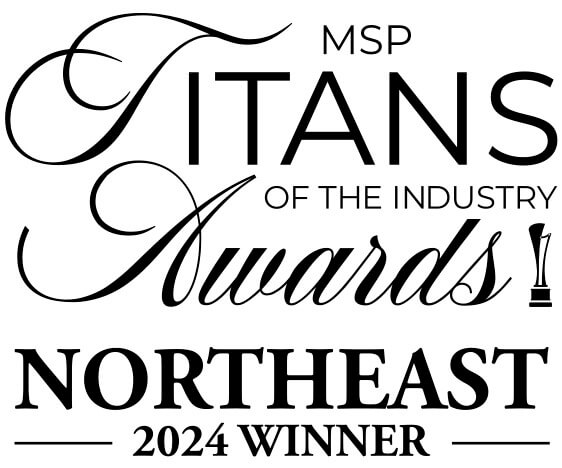Security is a hot-button issue for all types of businesses, but cyber security is such a complex subject that it’s difficult to jam-pack its many intricacies into one blog article. Sometimes understanding just a few ways to improve your business’s security practices can be a significant benefit for your organization.
BNMC Blog
Business owners who spend a lot of time on the road, like during a commute or on a business trip, understand how difficult it is to use smartphones while driving. Despite the fact that it’s illegal in many places, some people refuse to put down their phones and concentrate on the task at hand: driving. Doing so puts not only themselves, but everyone else on the road at risk of an accident, which can lead to expensive insurance payments and vehicle maintenance costs.
Google Contacts is a useful tool that allows you to share your contacts with other users. In fact, it’s a great tool in general for any professional who is always on the move, and has to have access to a set of work contacts through an Android device. Today, we’ll help you import and export your Google Contacts to a different Google or Outlook account.
Businesses need to take this question seriously, as the slightest hiccup can cost your business significantly. Old equipment can have a direct impact on your company’s operations. An employee might be suffering with issues or a slow, unresponsive computer each and every day, limiting their potential. There’s always the possibility that the hardware can fail unexpectedly, but there’s also the risk of replacing perfectly fine technology that might still have some use left. For your mission-critical technology systems, it’s best to have the expert opinion of IT professionals to fall back on. Consulting technicians is a small expense compared to the immense costs associated with wasting money on faulty or unnecessary IT solutions, and the result is an infrastructure that’s designed specifically for your business’s needs and budget.
For example, BNMC can provide quality consultation that can help your organization make educated decisions about utilizing cloud computing. By now, we’re sure that you’ve heard about the leaps and bounds made by cloud computing technology. By allowing companies to access important data anytime and anywhere, and equipping employees with powerful collaboration tools, the cloud is paving the way for innovations in communication, data access, and so much more. However, knowing about the cloud and knowing how to upgrade to the cloud are two completely different matters.
There are several different ways to take advantage of cloud computing with your business model. You can invest heavily in it by migrating all of your data to the cloud, or you can replace your hosted legacy software with cloud-based applications. Another great use of the cloud is equipping your in-house network with cloud computing hardware that helps you achieve greater mobility, while retaining control over your data. When implementing a new cloud solution, it can help to first assess your current computing needs.
Here are just a few things that our IT technicians look for when determining if an organization needs to upgrade their technology.
- Hardware quality: If your workplace is always having to deal with run-down, faulty computer equipment, then you want to upgrade your technology before it can cause any further damage. In this particular case, it would be most beneficial to upgrade to the cloud due to the lower price of stripped-down thin clients. By connecting thin clients to the cloud, they can be just as effective as a fully loaded workstation. On a related note, it’s important to consider a machine’s peripherals, like upgrading to USB 3.1.
- Operating systems: Some organizations tend to cling to their favorite operating system long after its manufacturer pulls the plug on it. Two classic examples of this are Windows XP and Windows Server 2000. Without the necessary patches and security updates, outdated operating systems can quickly become both a liability and a risk. If you’re still using outdated software, then you’re in prime condition for a technology refresh. If you want to make updating your desktops as easy as possible, the cloud can be a great tool for remote monitoring and maintenance.
- Legacy applications: The latest version of an application can provide a significant benefit, but only if you make sure that you won’t break your infrastructure by making an upgrade. It’s important that you look into what is required of your legacy application before making a hardware change or a shift to the cloud. As explained by InformationWeek: “Application upgrades that run locally on PC hardware also influence whether or not you should upgrade PC hardware for your end-users. If an application upgrade requires a significant boost in memory, processing, or graphics power, it may be the primary factor in deciding to upgrade.”
The answer for how you should approach the cloud and tech upgrades is clear: call BNMC at (978) 482-2020.












